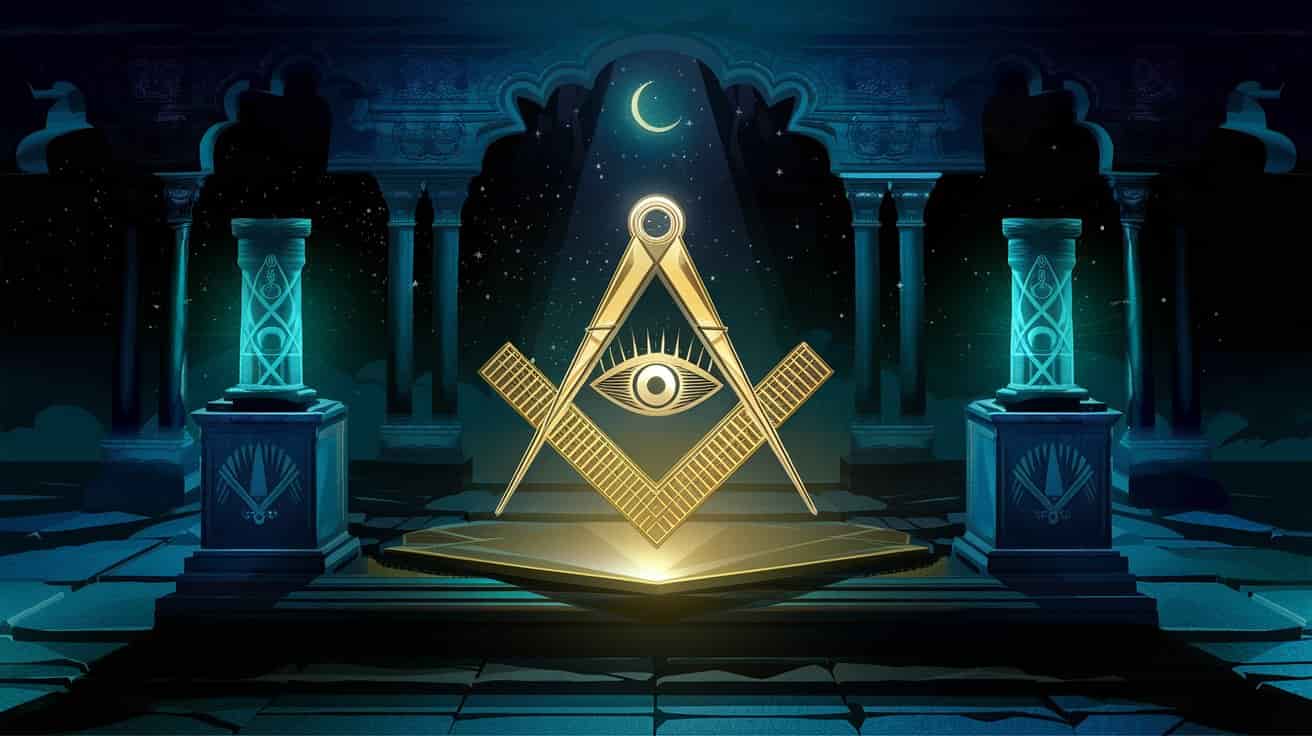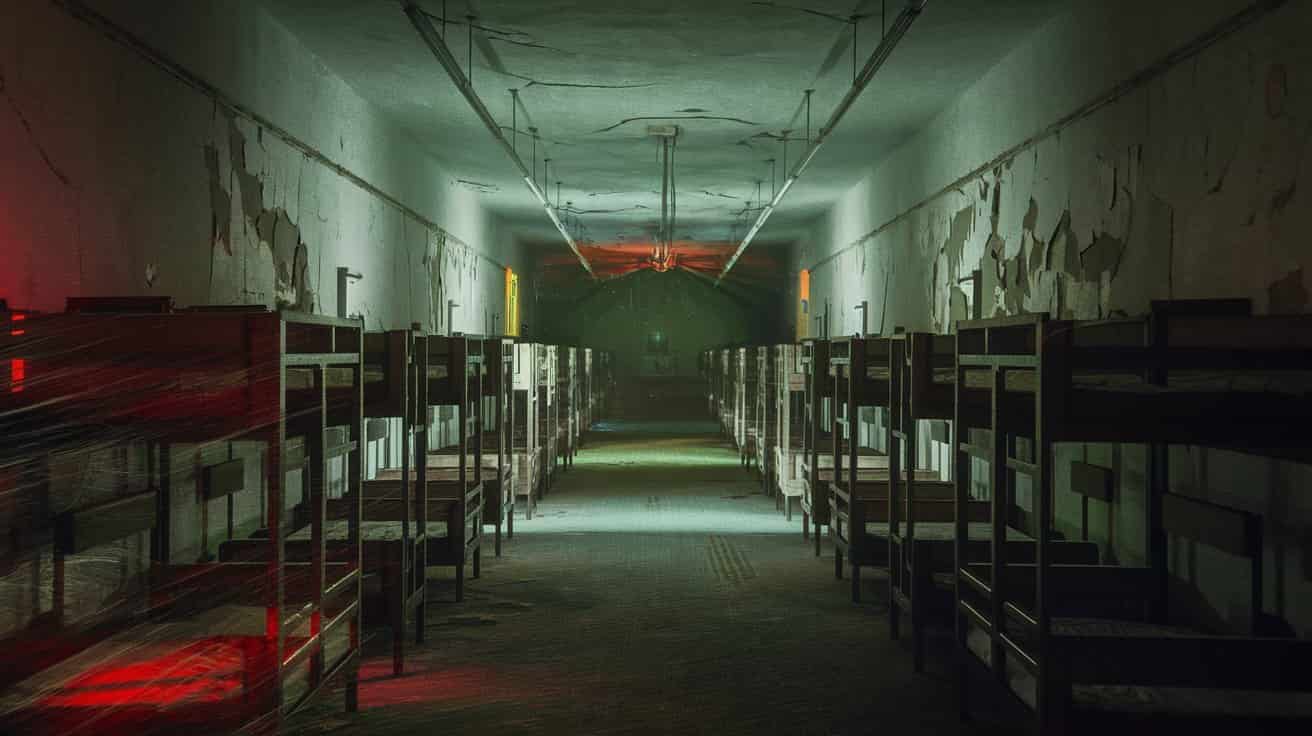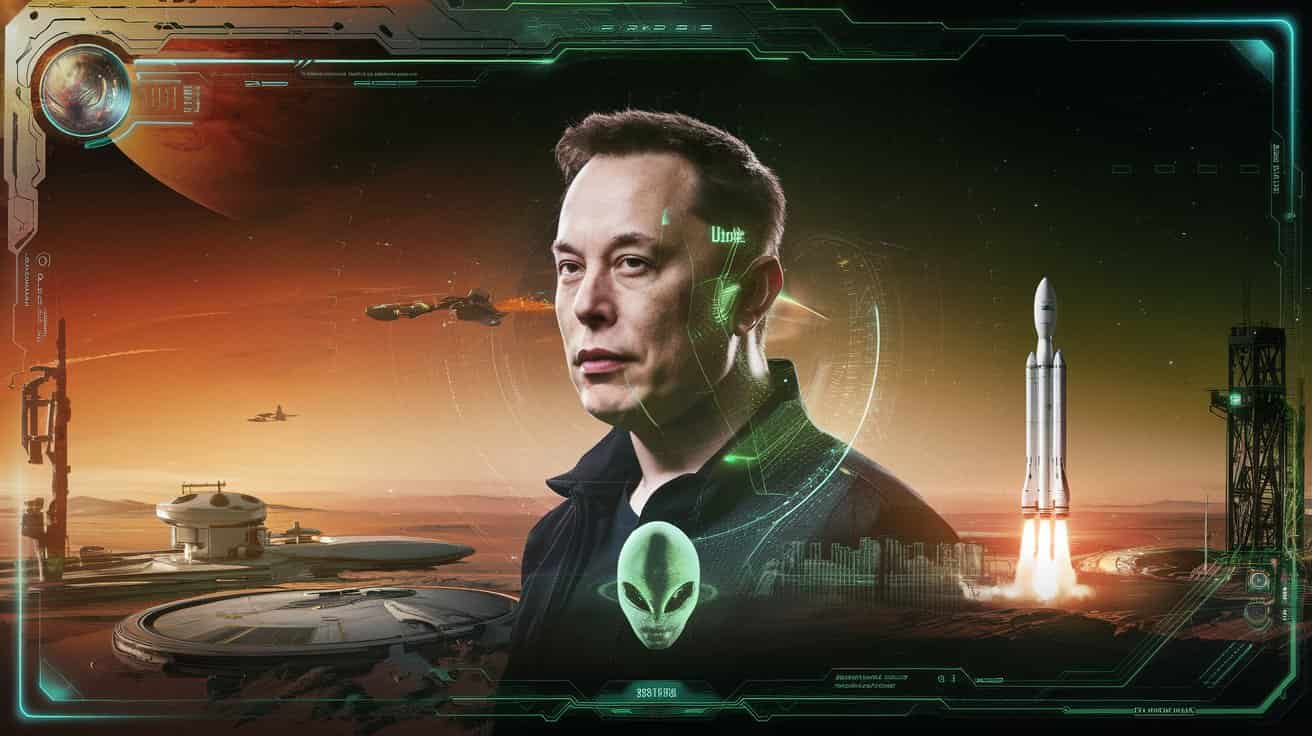“Interstellar” Theories by Avi Loeb: Traces of Life in Space
Avi Loeb, a distinguished astrophysicist and Harvard professor, has garnered attention for his bold ideas surrounding interstellar theories. His work challenges traditional ideas of space, life beyond Earth, and our understanding of the universe. One of his most controversial and intriguing theories involves the belief that interstellar objects, such as ‘Oumuamua, could potentially be signs of extraterrestrial life. In his book “Extraterrestrial: The First Sign of Intelligent Life Beyond Earth,” Loeb suggests that ‘Oumuamua—the first known interstellar object detected passing through our solar system—could be an artificial probe sent by an advanced alien civilization. This theory has sparked considerable debate, inviting both interest and skepticism.
In this blog, we will explore interstellar theories proposed by Loeb, delve deeper into the ‘Oumuamua mystery, and examine how these theories challenge our understanding of life in the universe.
The Mysterious Interstellar Object: ‘Oumuamua
In 2017, astronomers first observed an object traveling through our solar system, dubbed ‘Oumuamua. While it initially appeared to be just another comet or asteroid, ‘Oumuamua exhibited strange properties that set it apart from other known objects. Its elongated, cigar-like shape, rapid velocity, and sudden acceleration upon leaving our solar system piqued the interest of scientists, including Loeb.
Loeb suggested that this object’s unusual movement could not be solely explained by natural phenomena. Unlike typical comets, which accelerate due to outgassing (the release of gas as they near the Sun), ‘Oumuamua showed signs of propulsion that could be indicative of intelligent design. According to Loeb, the object might have been an artificial solar sail—a possible sign of interstellar travel by an advanced civilization.
Interstellar Theories: The Possibility of Alien Probes
Loeb’s interstellar theories venture into the realm of speculation, but they pose a fascinating question: Could alien civilizations be sending probes to explore other star systems? Loeb believes the possibility that interstellar probes or artifacts are floating through space, silently observing or gathering information about other systems, should not be dismissed. The idea that extraterrestrial civilizations could be employing solar sails, a technology we have yet to develop, raises the exciting possibility that we are not alone in the universe.
Loeb’s theory suggests that instead of looking for radio signals or Earth-like planets, we should expand our search for extraterrestrial life to include interstellar objects like ‘Oumuamua. These probes, traveling at speeds too fast for conventional rockets, could be designed for exploration or communication. The discovery of such an object, Loeb argues, would radically alter our understanding of the cosmos and our place in it.
Implications of Interstellar Life: What Would It Mean for Humanity?
If Loeb’s interstellar theories are correct, the implications for humanity could be profound. The discovery of alien technology would not only confirm the existence of intelligent life elsewhere but could also reshape our entire understanding of biology, technology, and civilization.
- A New View on the Fermi Paradox: Loeb’s hypothesis adds a new layer to the Fermi Paradox, which questions why, despite the vast number of potentially habitable planets in the universe, we have yet to detect any signs of alien life. Loeb suggests that extraterrestrials could be deliberately avoiding us, or that their methods of communication are vastly different from our own.
- Revolutionizing the Search for Extraterrestrial Life: Loeb’s theories push for a broader definition of the search for life beyond Earth. Instead of merely focusing on exoplanets or radio signals, scientists should also consider the possibility that interstellar objects are evidence of extraterrestrial intelligence.
- Humanity’s Future in a Galactic Context: If we discover that intelligent life exists elsewhere, it would challenge our assumptions about the uniqueness of human civilization. We could gain valuable insights into how other civilizations evolve, adapt, and survive, perhaps even learning from their mistakes to ensure humanity’s long-term survival.
The Criticism
Despite the intrigue, Loeb’s interstellar theories have faced criticism. Some scientists argue that attributing unusual objects like ‘Oumuamua to extraterrestrial technology is premature. Natural explanations, such as the object’s unique shape interacting with solar radiation, could account for the strange acceleration observed. Moreover, critics contend that without solid evidence, these theories remain speculative.
Loeb’s supporters, however, argue that it is time to consider the possibility that we are not alone in the universe and that interstellar objects might be signs of extraterrestrial technology. Even if we lack the tools to detect such objects in detail, Loeb’s theories encourage the scientific community to expand the search for evidence beyond conventional methods.
The Continuing Search for Life in the Cosmos
Avi Loeb’s interstellar theories have sparked renewed interest in the search for extraterrestrial life. His ideas challenge conventional thinking and inspire scientists to think outside the box, considering new possibilities and technologies that could lead us to answers about the existence of life beyond Earth.
Whether ‘Oumuamua is evidence of extraterrestrial intelligence or simply a cosmic anomaly, Loeb’s work serves as a reminder that our search for life in the universe is far from over. The possibility of interstellar probes or advanced civilizations opens up a new frontier for scientific exploration, one that may eventually reshape humanity’s place in the vast and mysterious cosmos.



Post Comment